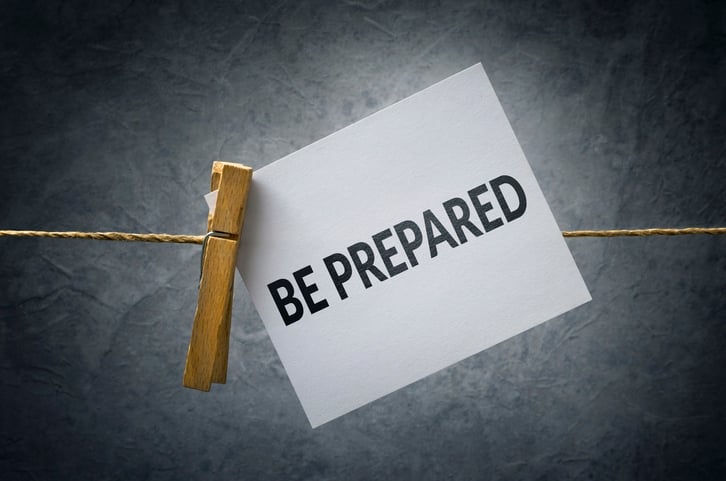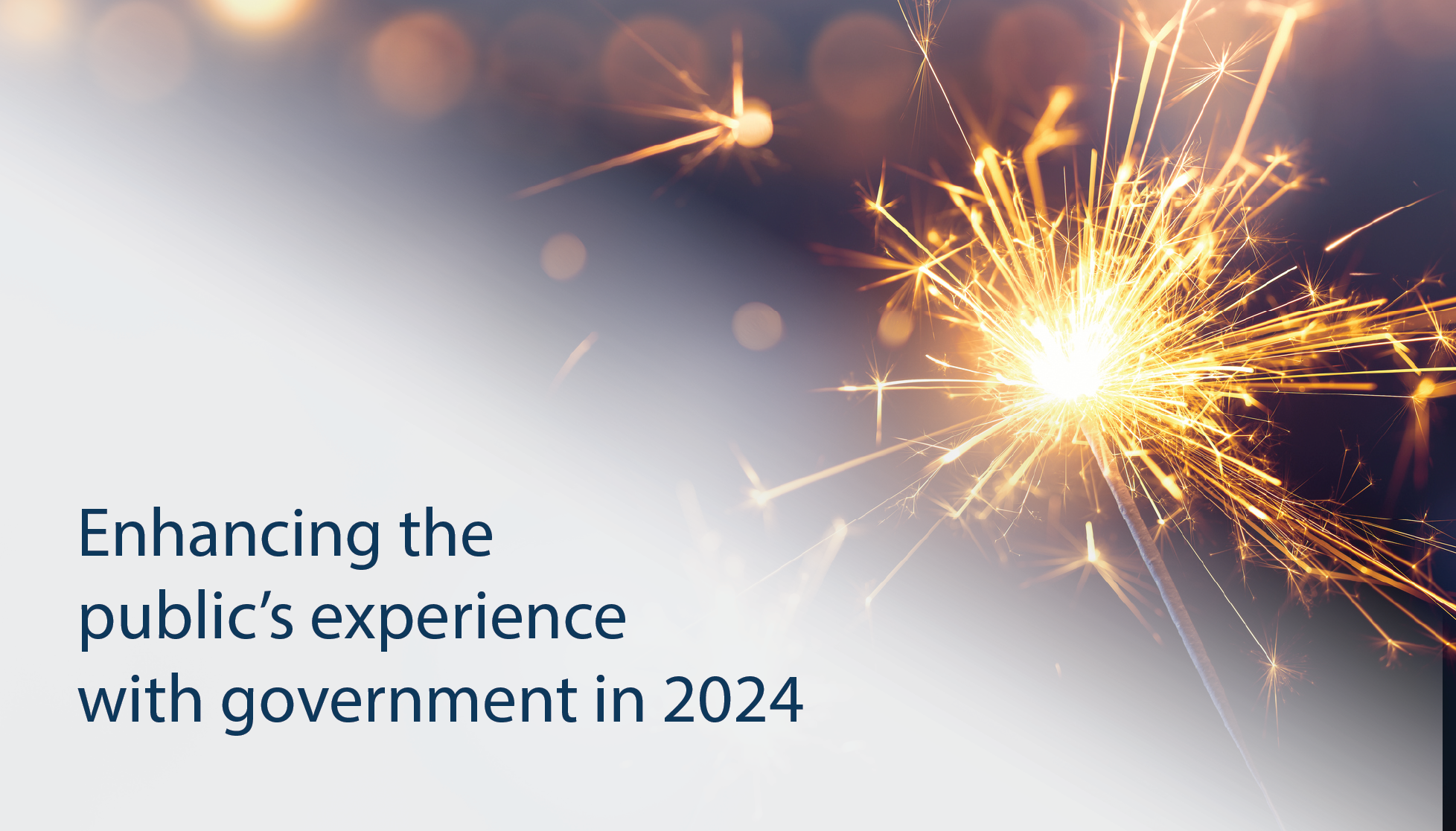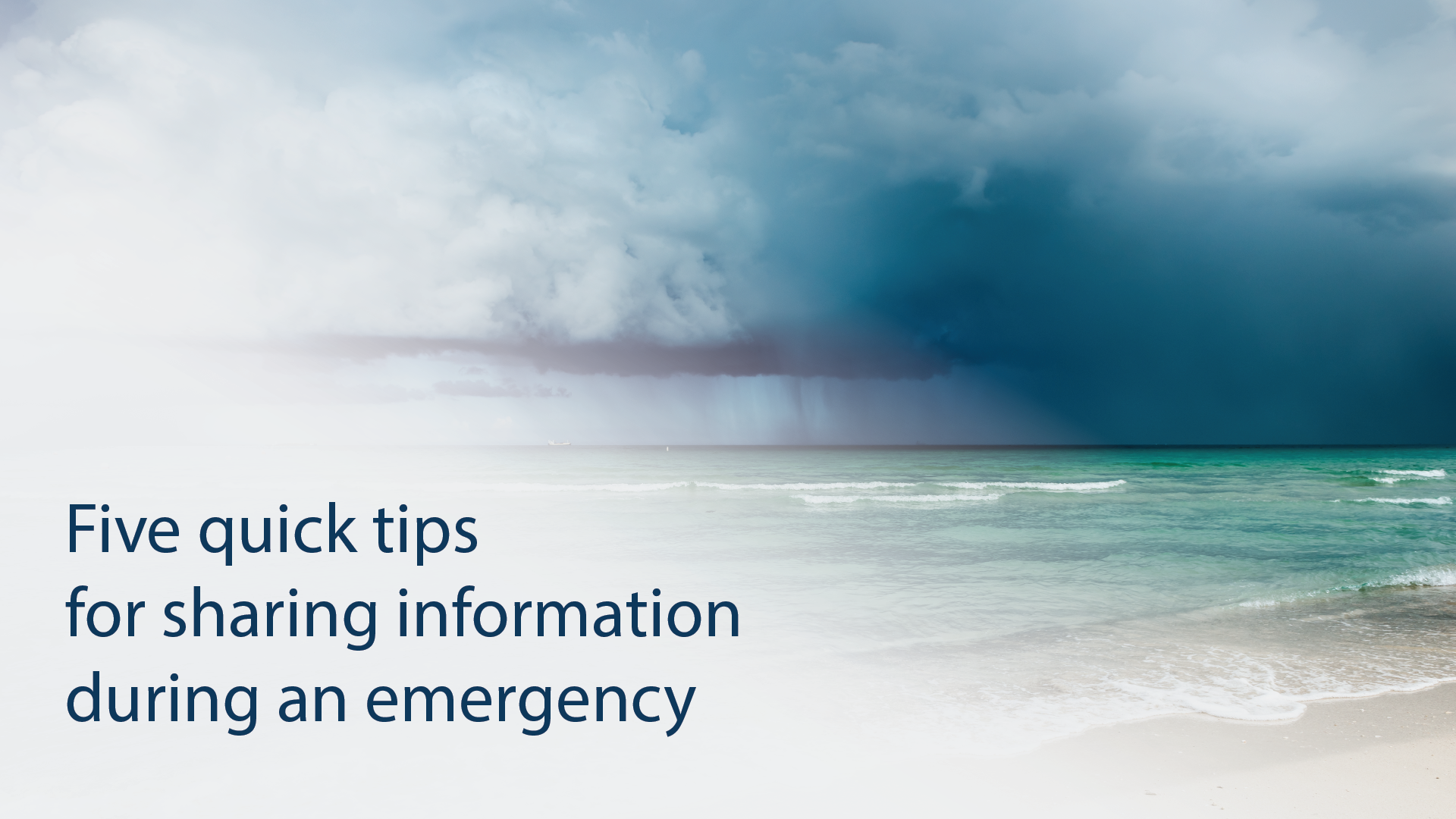The USAGov team plays a challenging, but important role in times of national disaster in helping people across the country prepare for and recover from disasters. To do this, we use different tactics across our channels to ensure we are delivering accurate, helpful information to those who needed it most.
Here are some implementable tips we have learned to ensure you have the resources and tactics as an organization, federal agency, or media outlet to deliver timely information:
- Ask your visitors and followers to sign up for emergency alerts: To ensure those across the country stay aware, urge your followers to sign up for emergency alerts. They can learn what different types of warning alert systems are available to have on their devices in preparation for a natural disaster or emergency. These text messages, apps, and radio alerts can help anyone have the most updated information available to them.
- Have a content bank ready to go: Our organization relies on information developed and shared by agency partners before, during and after an emergency situation. Here are a few of our favorites that include emergency alert sign ups, apps to use on the fly, and storm predictions:
- Ready.gov - A public service campaign run through Federal Emergency Management Agency (FEMA) with specific storm pages like hurricanes and earthquakes that include before, during, and after tips.
- Disaster Distress Hotline - A confidential emotional support hotline run by the Substance Abuse and Mental Health Administration available by phone at 1-800-985-5990 or by texting "TalkWithUs" to 66746.
- The National Hurricane Center - Live maps from the National Weather Service including active storms, week-out projections, and rainfall/flood predictions.
- USAGov Disaster page - our own summary page updated with information based on specific storms as well as general financial, safety, and preparation links and services.
- Follow FEMA accounts: FEMA shares timely information that people impacted by disasters need. Follow and constantly check social media accounts for immediate updates as a storm develops. FEMA HQ is on Facebook, Instagram and Twitter, and has additional accounts across the 10 regions and sub-programs like Ready.gov.
- Ensure content is accessible even if there are connectivity issues: During emergencies, it is very common for areas to have reduced connectivity. Make sure to share information that doesn’t take long to load or requires a strong internet connection. For example, include key information that the public needs to access on the post itself. Don’t make them have to click on a link to get the most essential information as connectivity might be an issue. Don’t rely just on graphics and videos to convey your key messages. People might have problems loading those.
- Think about different audiences: Emergencies can impact all kinds of people. Keep in mind parents caring for young children, pet owners, senior citizens, limited-English proficient individuals and caregivers, among many others. Creating messaging for different demographic groups and those in various geographic areas means the right people can get the right information to keep themselves safe.
We hope you stay safe this hurricane season. Be sure to follow us on Instagram, Twitter (@USAGov and @USAGovEspanol), and our English and Spanish Facebook pages to learn more.




_v003.png)